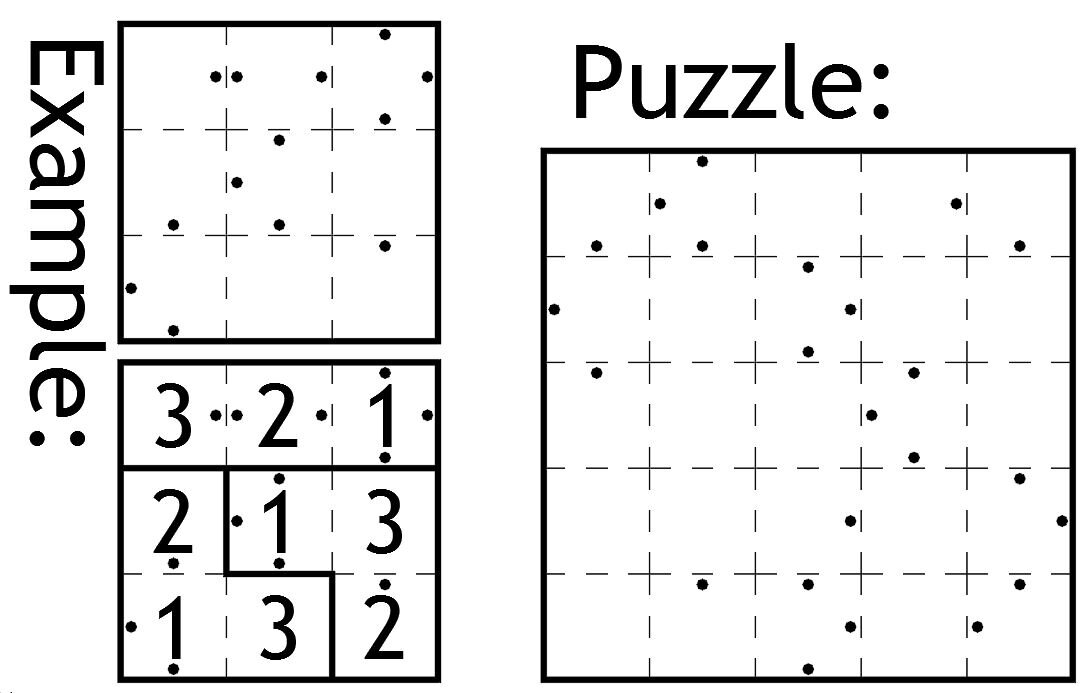This puzzle was inspired by a real-life problem I had in my job as an engineer. Faced with a number of lengths I needed to come up with a set of left parts and a set of right parts which could combine to form every length on the list. For instance, the length 52 could be made up of 26L + 26R, or 20L + 32R, or any number of different combinations. For reasons of making and stocking the individual left and right parts it was important to minimise the total number of different parts I needed.
For this puzzle I have massively shortened and simplified the list but the idea remains the same: what is the least number of distinct parts you will need, some left-handed, some right-handed (parts that are the same length but different hands count as two different parts), that will fit together in left-right pairs to form any length on this list:













